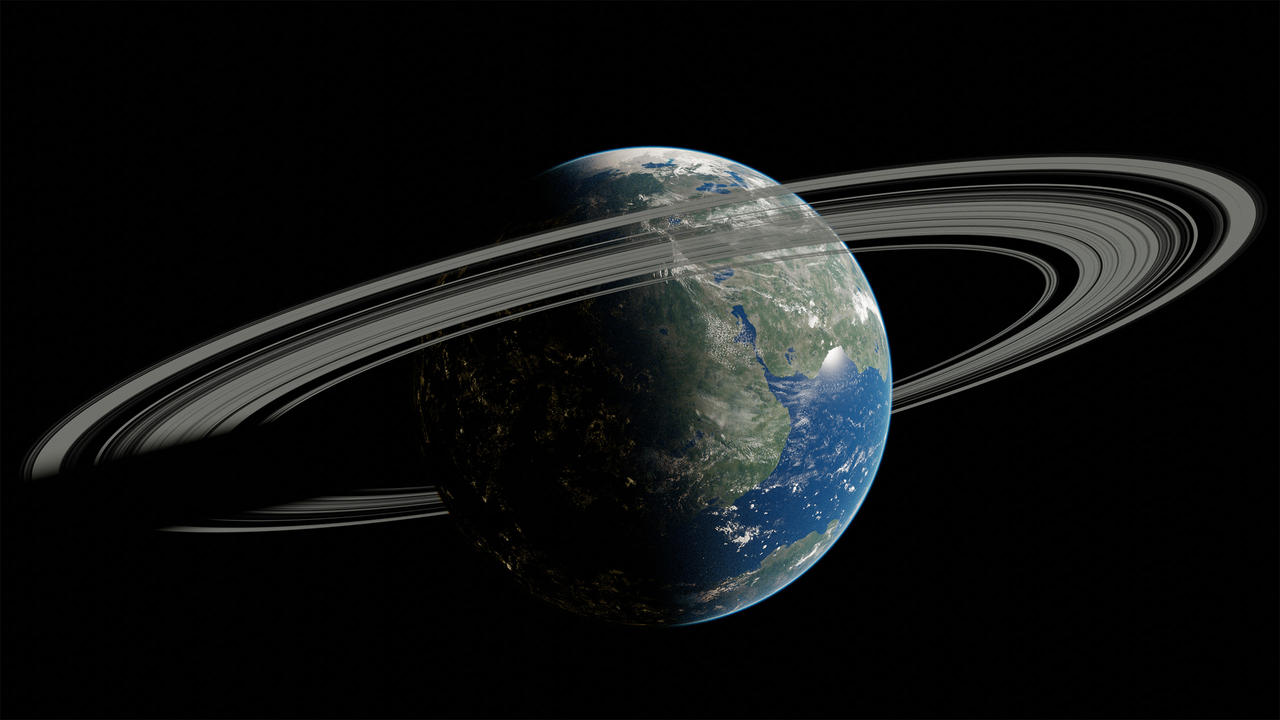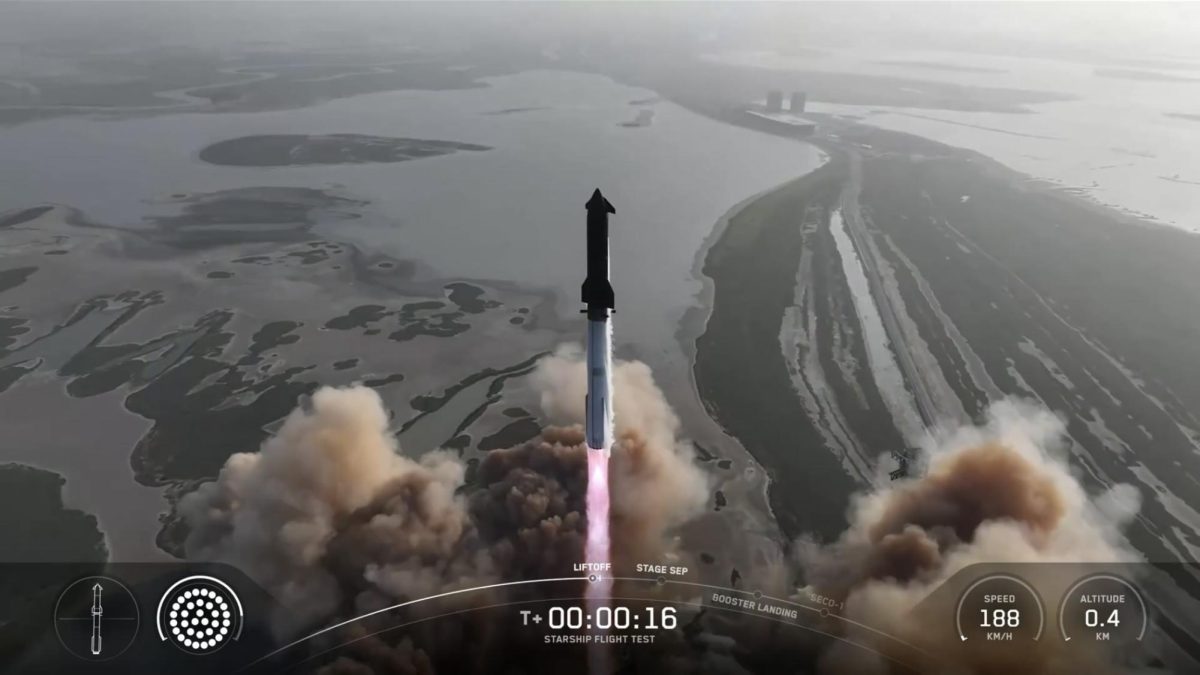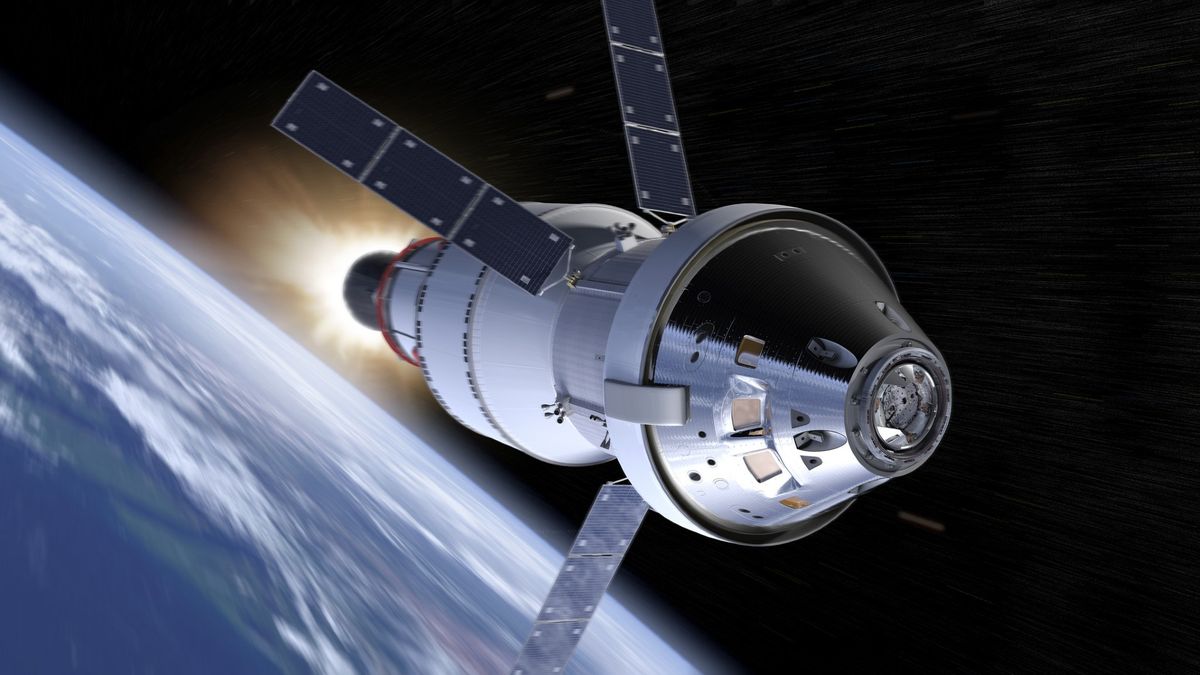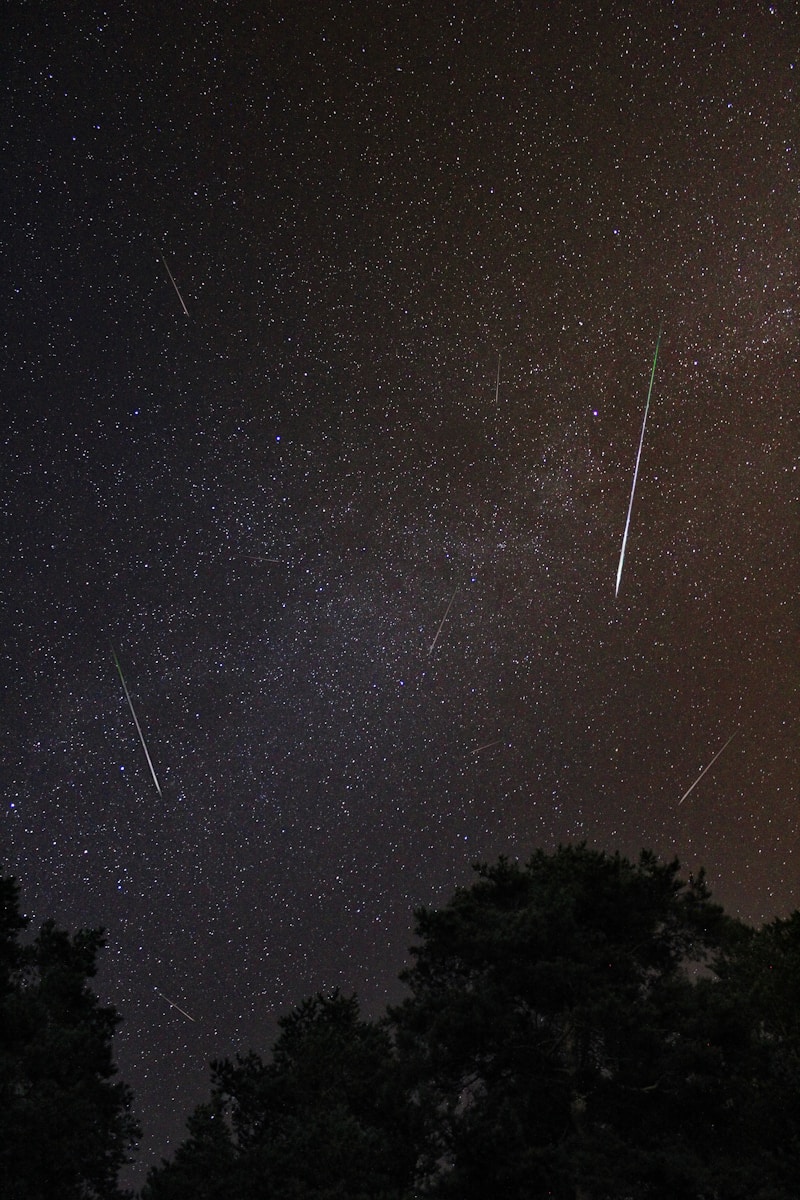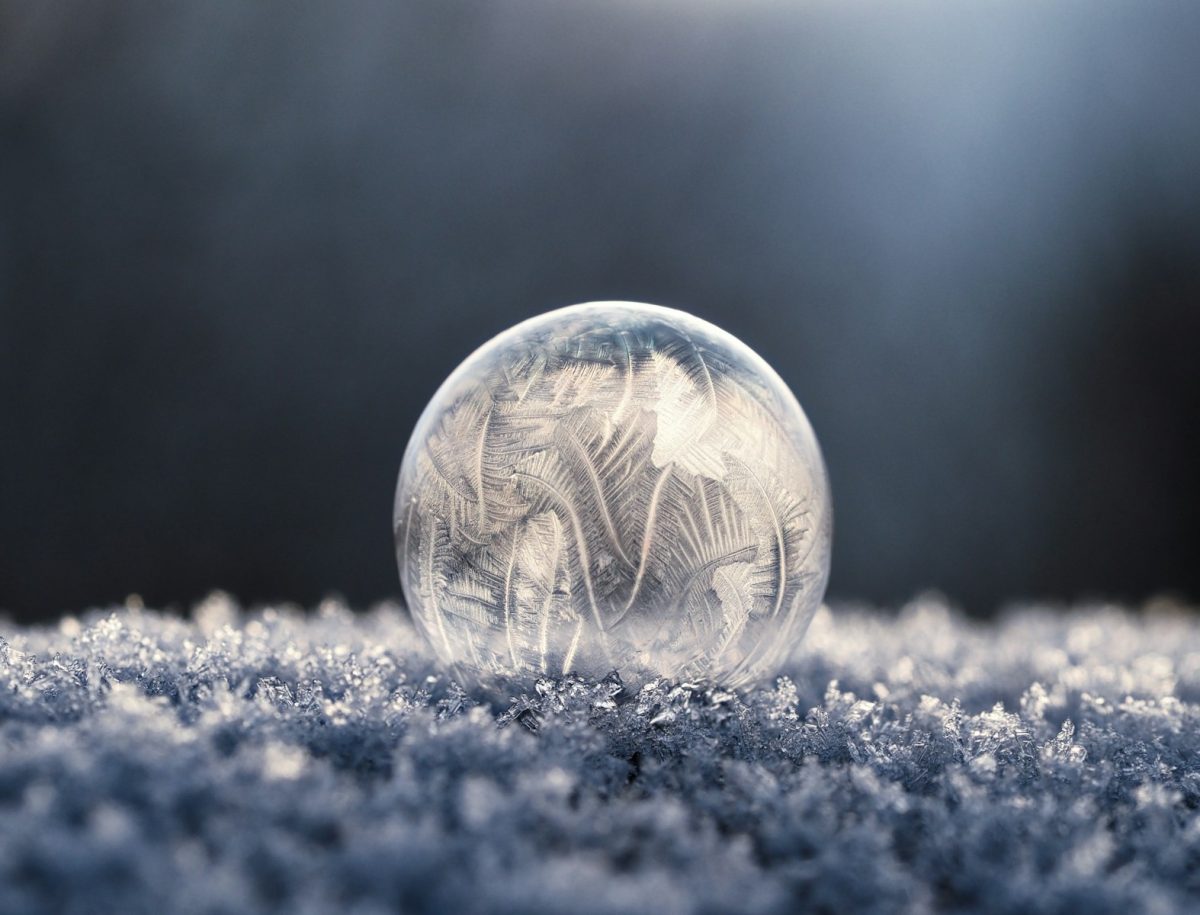Saturn is nicknamed the jewel of the solar system, probably because it has a ring on it; well, truth be told, all gas giants have rings, just super hard to see. Some dwarf planets also have rings, Haumea, for instance. It’s also thought that Mars will someday have rings, but astronomers speculate Earth used to have rings in the past.
What are rings?

Saturn’s rings are millions of tiny bits of rock & ice that orbit a planet & reflect sunlight. They usually form when an asteroid/icy comet or a moon gets ripped apart by a planet’s roche limit, in short, it is the point where a planet’s gravity is stronger than that of a moon’s own gravity, which causes the moon to get teared apart into crumbs. Back to the topic about Mars having rings, it is because its moon Phobos is slowly spiraling into Mar’s roche limit & will get ripped apart by Mar’s gravity, that’s one-way rings can form, another way is from massive collisions, which brings us back to Earth.
Theia’s Collisions
As many know, the most accepted theory of how the moon formed is that Earth collided with a proto-planet, Theia. But before the moon, rings formed from the debris during the impact, which later clumped into the moon. But what if they were still around?
Giving Earth rings
Saturn’s rings are mainly composed of ice, which is why they are so shiny. Earth’s rings would have to be rock since ice in the habitable zone would melt. As for where the rings would be, they would start about 1,000km above the surface because any lower & the atmospheric drag would slow it into a collision course with Earth, creating a meteor shower. This is good news for any satellites we send up into low Earth orbit since they’d be lower than the 1000km line. As for how far they go, in theory, they can go up to the Roche limit because any further out & they’d clump up into a moon, but some experts say that’d be 15,000km if calculated for a standard asteroid. From 1,000km to 15,000km, these define our “ring zone” where the rings will live, most likely anchored at the equator & depending on how they form, let’s say a shredded asteroid, they’d be slim, like Haumea’s rings, or a giant collision with a proto-planet (Theia & Earth), they’d be wide, like Saturn’s. (More images here)
The View.
Your view of the rings would be vastly different depending on your latitude. (Mentioned in the images) but nighttime is the real kicker. Imagine the full moon’s brightness, but way closer & all across the sky. Nighttime would be vastly different. In some parts of the world, it could get so bright you would not need headlights on cars.
The Effects on Us.
Tangent Cam.
Rings would have a tough time around Earth. After all, the Earth is not a perfect sphere. It bulges out in the equator which might destabilize the rings overtime, not to forget the moon’s orbital plane is not the same as the ring’s orbital plane, this could be a destabilizing force on the rings over the millions of years, especially during the Theia collision since the moon was much closer. So, one can argue that in order for rings to form, we could not have a moon, but then we get to the part of whether life could have existed without the stabilizing force of the moon.
Shadows.
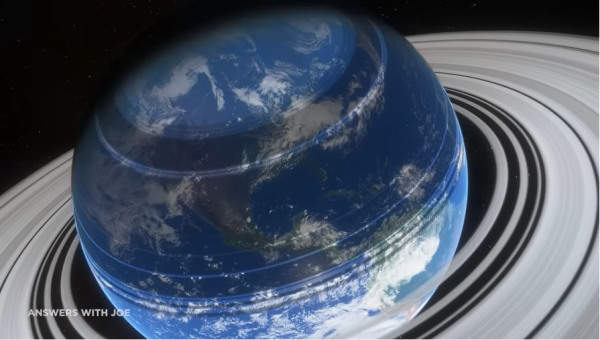
The Earth would cast a shadow on the rings, rising from the east when the sun goes down & moving across the sky to set into the west when the sun rises again. Time keeping would be extremely easy, just look at where the shadow is. But the rings also cast shadows on the Earth, (Mentioned in the images) This would make winters much colder & darker, as well as making summers brighter & way hotter, do not forget that plants & algae will get covered, less oxygen for us.
Our Culture.
A ringed Earth would change our culture a lot. for instance, the days when the sun goes behind the rings & reemerges again, or they might think the rings are a boundary division between two worlds or they might think the rings are the heavens you go to when you die. The cultures would vary depending on the latitude based on how they would experience the rings, basically there would be a lot of different myths & beliefs impacting culture for if there were rings.
Sciences.
Science would get impacted by a ringed Earth, for example, navigation, good luck losing your direction, since south could be rings & north could be sky, & vice versa, astronomy would be hindered & benefited by the rings, for one the rings would obstruct parts of the sky making observations significantly harder, but the other side, some think rings could of helped in understanding the nature of gravity & maybe aided in determining the distances between planets, what else could people do with rings in aiding science?
Conclusion
After all, the most scientifically accurate view of Earth with rings would be Earth without rings. & in hindsight, that’s ok; the conditions that were not suitable for rings were the conditions that made life on Earth possible, & life is great, too. For a planet to have life & rings is just… too much of a good thing…

Related Stories:
- https://science.howstuffworks.com/science-vs-myth/what-if/what-if-earth-had-rings.htm
- https://futurism.com/if-earth-had-rings
- https://curiousmatrix.com/what-if-earth-had-rings/
- https://www.universetoday.com/126698/what-would-earth-look-like-with-rings/
Take Action:
(Credit to https://esteemstream.news/86790/transportation/space/saturn-will-lose-its-rings for it’s take actions)
